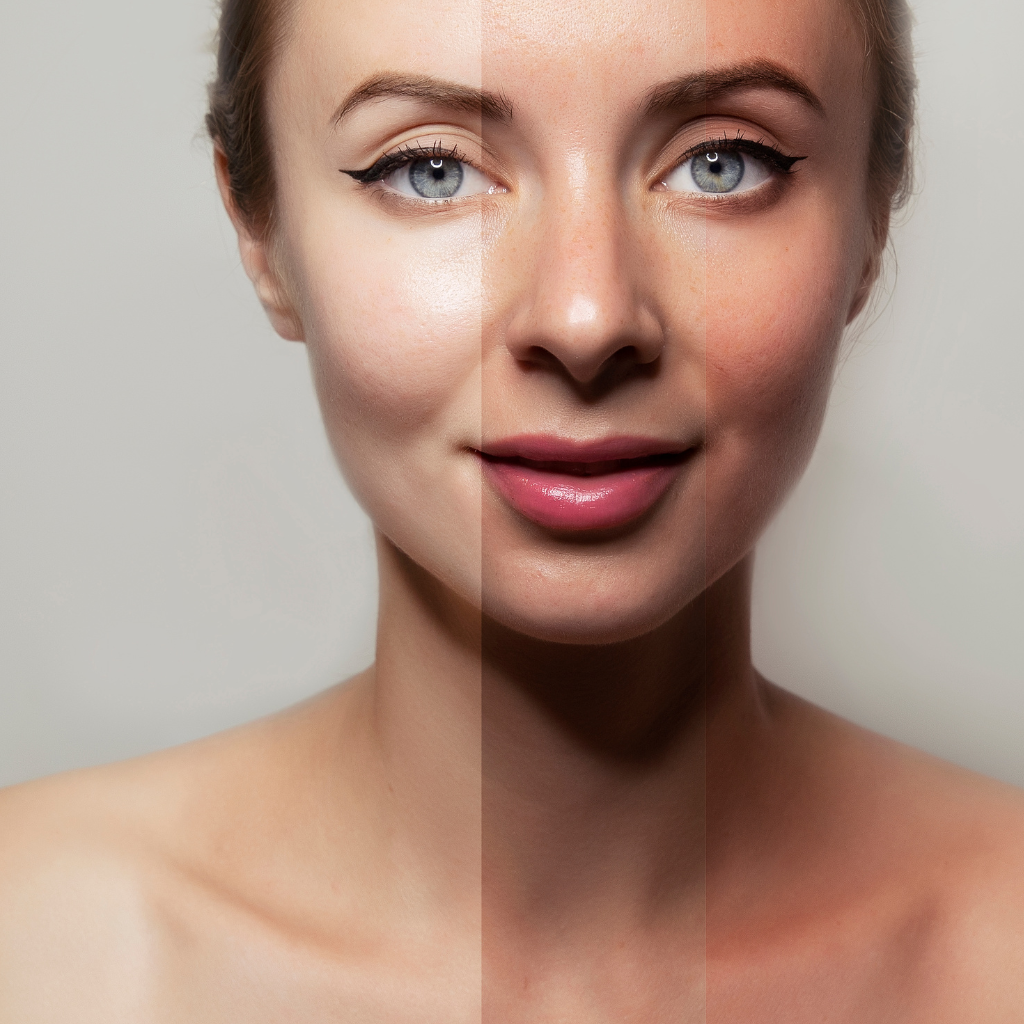
The Debate: Pale Skin vs Tan
Share
The allure of one's skin tone has varied throughout history, swinging like a pendulum between the glorification of sun-kissed tan and the reverence for porcelain-like paleness. Today, the debate continues, with people often pondering over the aesthetic and health implications of pale skin vs tan. Let's delve into this topic to better understand the preferences and concerns associated with each.
Historical Context
Pale Skin: A Mark of Nobility
Historically, pale skin was often associated with wealth and nobility. It signified that one did not have to toil in the sun and could afford to stay indoors, a luxury in times past. Renaissance art glorifies this aspect of beauty, with painters often depicting their subjects with luminous, unblemished complexions.
Tan Skin: A Modern Beauty Ideal
Conversely, in the 20th century, as vacations and leisure time became more accessible to the masses, tan skin began to be equated with affluence and the leisure to travel to sunny locales. Thus, what was once a marker of the working class became a sought-after sign of a life of recreation.
Health Considerations
The discussion of pale vs tan skin isn't solely about aesthetics; health factors play a crucial role. Skin experts warn about the dangers of excessive sun exposure, which can lead to skin damage, premature aging, and an increased risk of skin cancer. The quest for a tan can come at a high price if not approached with caution and sun protection.
On the other hand, maintaining very pale skin can also have its drawbacks. Limited exposure to sunlight can result in Vitamin D deficiency, which is essential for bone health and overall well-being.
Cultural Perceptions and Personal Preference
The Influence of Culture
Cultural perceptions also influence the pale skin vs tan debate. In some cultures, lighter skin is still widely regarded as the epitome of beauty, leading to the popularity of skin-whitening products. Meanwhile, other societies celebrate the golden glow of tanned skin as a hallmark of health and vitality.
Embracing Individual Choice
Personal preference is ultimately the deciding factor in the tan vs pale skin conversation. Some individuals feel more confident with a tan, believing it gives them a healthier or more vibrant appearance. Others embrace their natural paleness, finding beauty in the uniqueness of their complexion.
The Middle Ground: Healthy Skin

While the pendulum of beauty standards may swing, the importance of healthy skin remains constant. Whether one's skin is pale or tanned, the key is to ensure proper skin care. This includes regular use of sunscreen, moisturizing, and routine check-ups with a dermatologist.
In conclusion, the debate over pale skin vs tan is multifaceted, influenced by historical, cultural, and personal factors. Regardless of the side one leans toward, embracing one's natural skin tone while prioritizing skin health is a timeless approach that transcends trends. Whether you're team pale or pro-tan, respecting individual choices and caring for your skin is a beauty philosophy everyone can agree on.
